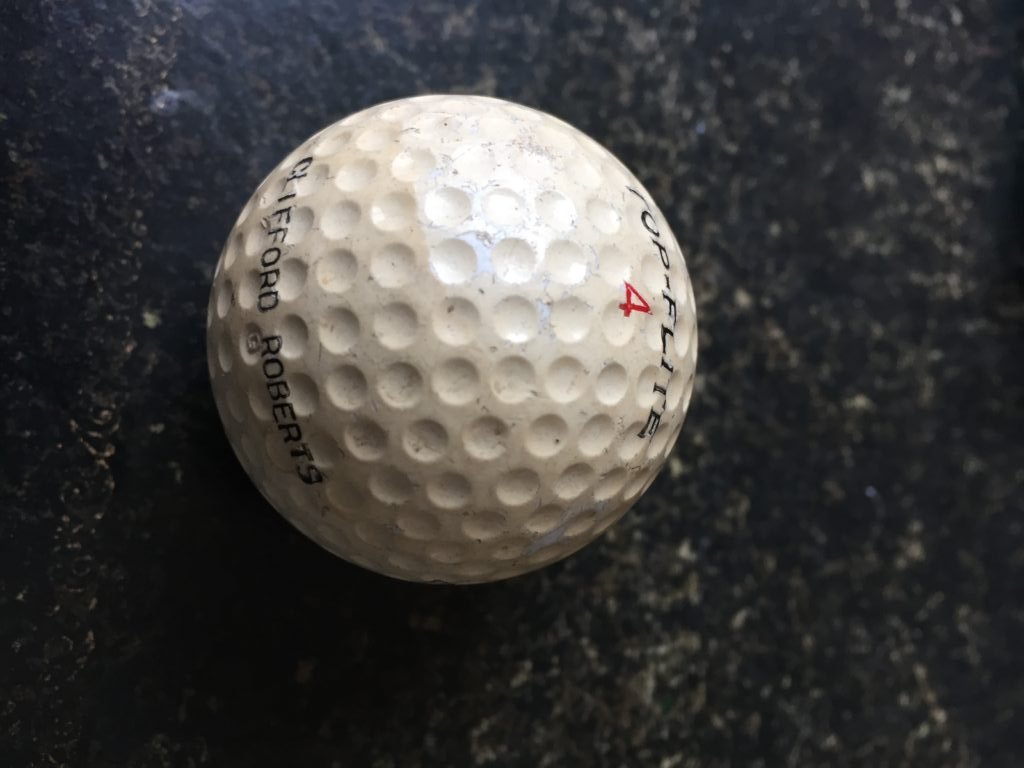I don’t know about you but I think it’s almost…er, patronising the way television commentators invariably refer to the galleries at Augusta National during the Masters as “patrons”. I know, I know, it was the term of choice of the tournament’s founders, Bobby Jones and Cliff Roberts, to describe the spectators at their event. (They are never “crowds”, or – heaven forbid! – fans.) But this is essentially just language from the 1930s. It sounds outdated rather than respectful, although a CBS commentator, Jack Whitaker, was being a tad too disrespectful in 1966 when he described the crowd surrounding the 18th green after a three-way 18-hole playoff as a “mob”. (To save you looking it up, Jack Nicklaus beat Tommy Jacobs and Gay Brewer.) Roberts made sure Whitaker never worked at the Masters again. I guess the reality is that the TV companies who cover the tournament don’t want to risk the fact that next year they might not if their people don’t use the requisite seven-letter word. After all, the broadcasters only have one-year rolling deals. They are the corporate equivalent of people on zero-hours contracts.
Roberts was 83 on the day in September 1977 that he walked out on to the club’s property and shot himself, probably because he couldn’t face dealing with his declining health. He had once said of the Masters: “As long as I’m alive, all the golfers will be white and all the caddies will be black.” Quite politically incorrect, I think you’ll agree. He was also inaccurate. The first part of that had gone out of the window in 1975 when Lee Elder became the first black golfer to play in the tournament. The second did in 1983, at which point players were allowed to use their own caddies rather than ones provided by the club. So, thank heavens, not everything always stays the same at Augusta. So why protect the “patrons”?

If today’s golfers played old Top-Flites, like Clifford Roberts, then perhaps distance wouldn’t be an issue?
And then there’s the matter of what used to be called, in those halcyon pre-hydrant days, ‘Tiger-proofing’. In fact, the course has been tweaked ever since the Masters began. Indeed, rather more than tweaked. For the first Masters, in 1934, the nines were played the other way around. The 16th hole has been completely restructured since then. It wasn’t until 1980 that the club replaced its Bermuda and rye greens with bent grass. Change is what the Masters has long been about; not preserving words from a bygone era.
Prior to this year’s tournament, the club chairman, Fred Ridley, was talking about the famous par-five 13th. “There’s a great quote from Bobby Jones dealing specifically with the 13th hole, which has been lengthened over time,” noted Ridley. “He said the decision to go for the green in two should be a momentous one. I would have to say that our observations of these great players hitting middle and even short irons into that hole is not a momentous decision.” Indeed. A few years ago Bubba Watson got home in two with sand-wedge. But now Augusta National has acquired land from the adjoining Augusta Country Club, this being at the back of the 13th tee. Expect to see the hole play rather longer for the 2019 Masters. And that purchase does more than enable a wonderful par-five to play much harder: the club’s property will now be entirely surrounded by roads. It will no longer be contiguous with anyone else’s land. Exclusive or what?
You can follow me on Twitter @robrtgreen and also on my other blog: f-factors.com

